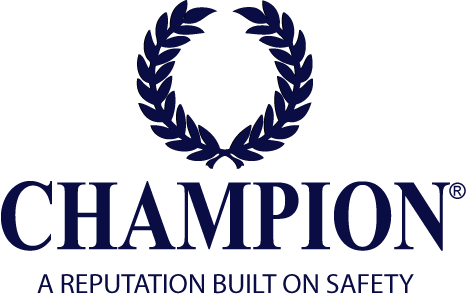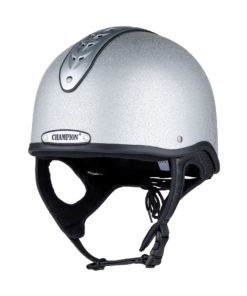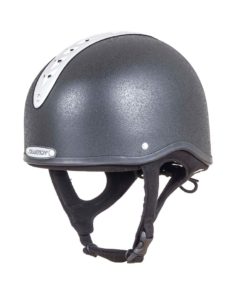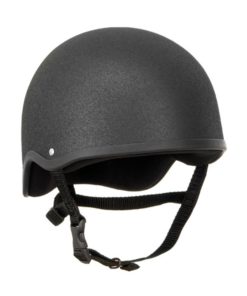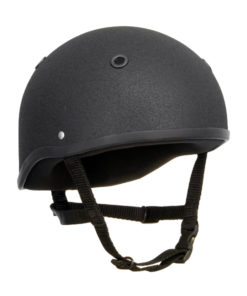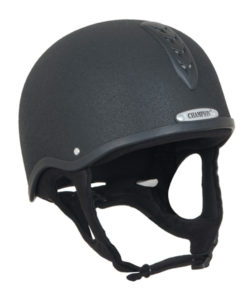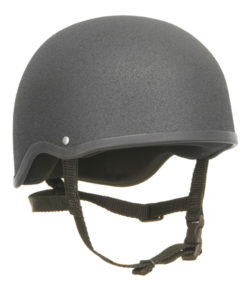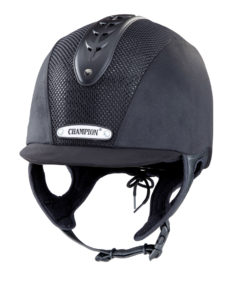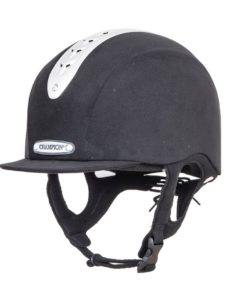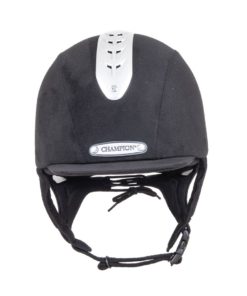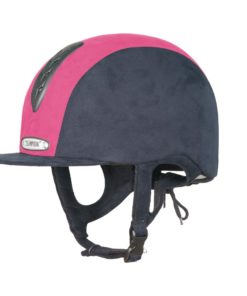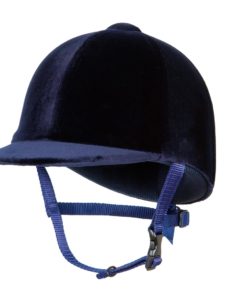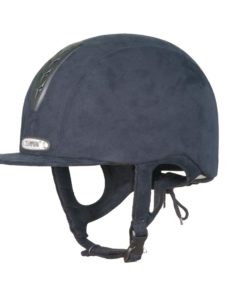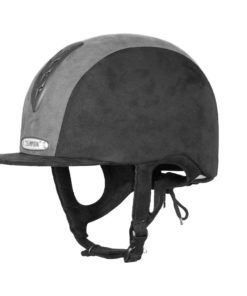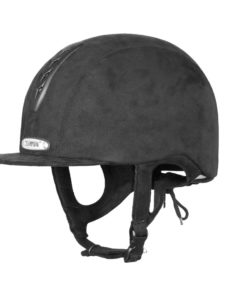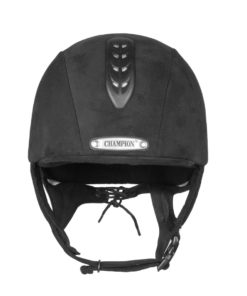Choosing the right riding helmet for your little one is an important task. At Champion, we take safety seriously and are passionate about providing the best equipment for junior riders. All our junior helmets meet the three international safety standards and are tested in the same way that our adult helmets are, so you don’t have to compromise on quality.
As well as top-rated safety features, Champion are famous for our horsey cartoons that give our helmets a fun surprise inside the helmet and on the box. With multiple colour options, the Champion junior range is the perfect choice for any young rider looking for premium protection and comfort.
